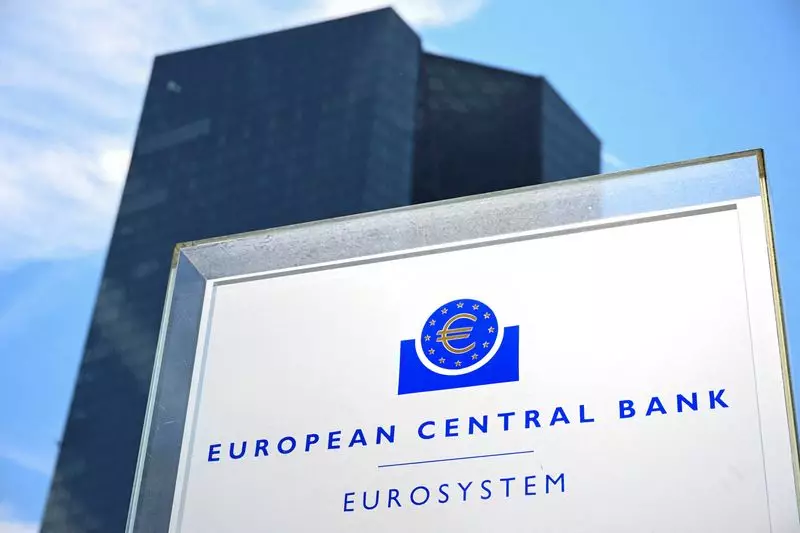European Central Bank policymakers are facing a growing divide when it comes to their outlook on economic growth. While some fear a looming recession, others believe that inflation pressures are still a cause for concern. The recent interest rate cuts in June are seen as a temporary solution to the slowing price growth, but the real challenge lies ahead as the euro zone economy enters a more uncertain phase.
Policy doves are in the minority but argue that the economy is weaker than anticipated, with risks of a recession on the rise. They point to firms beginning to cut vacancies and a softening job market as signs of trouble ahead. This could lead to decreased consumption and a downward spiral that weakens price pressures, potentially pushing inflation below the target level.
On the other hand, conservatives, or hawks, are more optimistic about the economy’s resilience. They argue that actual growth figures are outperforming survey results, with robust consumption, a successful tourism season, and a rebound in construction all pointing to a healthy economy. Furthermore, wage growth remains high, supporting real incomes and insulating the economy from external shocks.
While some sectors, like the industry, may be experiencing challenges, many see these as structural issues that will take time to resolve. Monetary policy, they argue, should focus on a slow and steady approach to rate cuts, ensuring that inflation gradually returns to the target level. Pushing this timeline back could jeopardize the ECB’s credibility, according to this camp.
The divide in views is expected to influence upcoming policy decisions, particularly regarding rate cuts. The consensus for a September rate cut remains strong, but the real question is how ECB President Christine Lagarde will communicate this decision. The October meeting could see some changes in approach depending on how the growth outlook vs. rate cut debate evolves.
While doves may advocate for a more aggressive approach, highlighting growth risks and the possibility of back-to-back rate cuts, hawks are concerned about managing market expectations. The communication strategy will be crucial in determining how the market responds to the ECB’s decisions, and Lagarde’s message will play a key role in shaping these expectations.
Economists, too, are divided on the outlook for the euro zone economy. While some believe that a recession is imminent, others see continued but slow growth. Weak demand from China and political instability in key European economies could further complicate the economic landscape, leading to uncertainty and subdued growth prospects.
The ECB debate on growth outlook vs. rate cut decisions is far from over. The coming months will be crucial in determining the path forward for monetary policy in the euro zone. Balancing the need for stimulating economic growth with the importance of maintaining price stability will be a delicate balancing act for policymakers, as they navigate through the uncertain economic environment.

